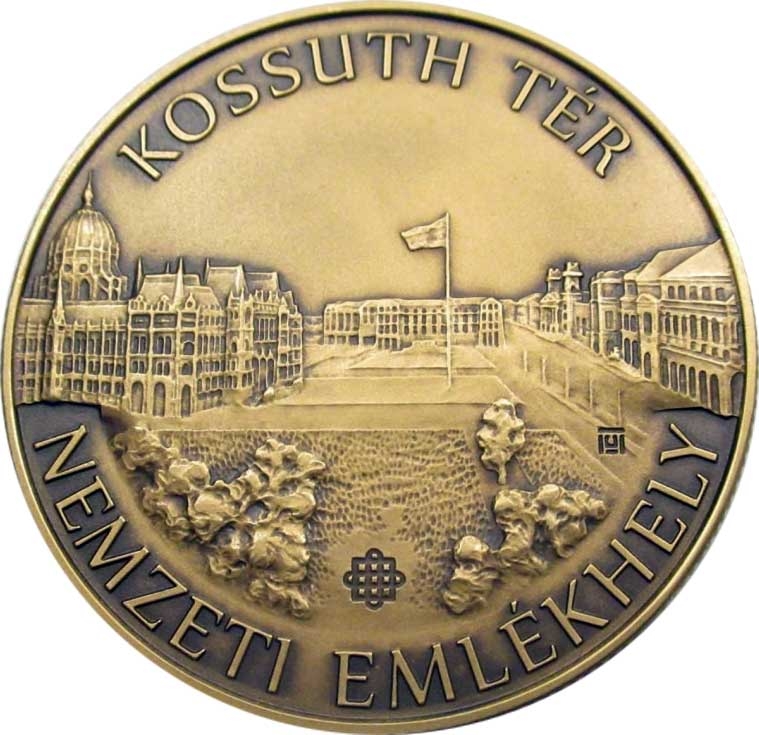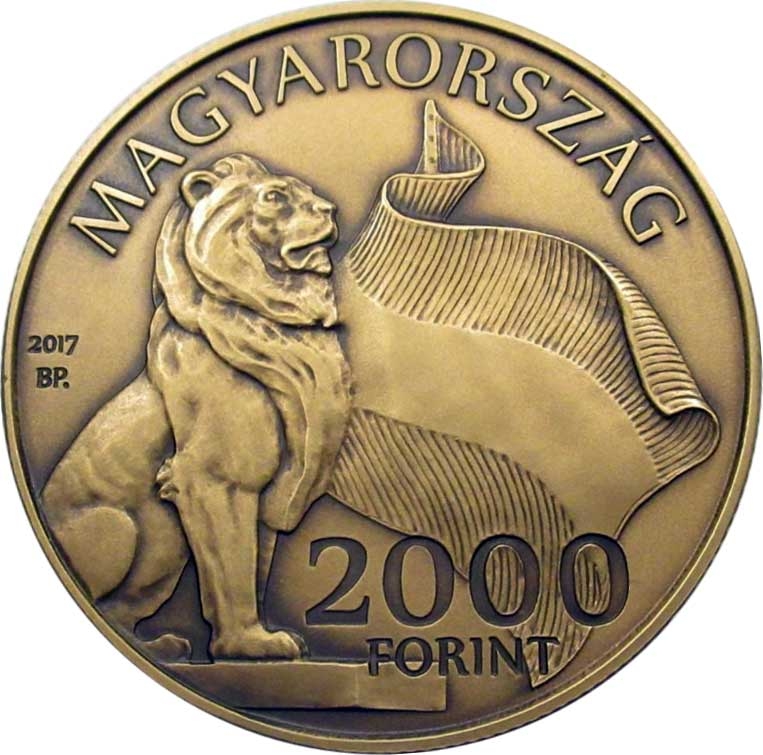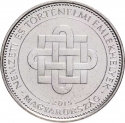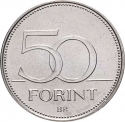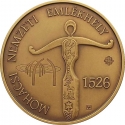You are about to finish your registration. Please check your mailbox (including spam folder). There should be a letter with a confirmation link. Check setting to make sure that your e-mail address is correct.
Send letter againDescription
Hungarian historical landmarks hold profound significance as sites of memory, revered for their national, religious, regional, or minority importance. While they often boast remarkable architectural features, their primary value lies in their historical significance. According to legislation, a national memorial site can encompass either a constructed setting or a natural locale where a pivotal event from the past, shaping the nation's trajectory, or a significant state decision has unfolded, deemed worthy of national remembrance.
Distinguished national memorial sites serve as crucial touchstones in both Hungarian history and the history of the Hungarian State. They offer visitors a window into the pivotal events, tragedies, and triumphs that have shaped Hungary's past. Presently (as of 2024), the country boasts sixty-four recognized historical landmarks, designated as such by government decree following recommendations from the National Memorial and Mourning Committee. The National Heritage Institute ensures their consistent identification, erecting markers that not only uniformly distinguish the landmarks but also succinctly convey their significance to interested parties.
Engraver: Zoltán Tóth
Obverse

|
Depicts the Kossuth Lajos Square from the southern direction. Along the edge, in a semicircle at the top, is the inscription "KOSSUTH SQUARE," and at the bottom, the inscription "NATIONAL MEMORIAL SITE" In the depiction of the square, at the bottom center, is the emblem of the national memorial sites. On the right side, next to the last letter of the inscription, is the engraver's privy mark. KOSSUTH TÉR |
|---|---|
Reverse

|
Depicts one of the bronze lions located on the edge of the staircase leading to the main entrance of the Hungarian Parliament Building, with the flag of Hungary on the right. At the top edge, in a semicircle, is the inscription "HUNGARY." To the right of the lion depiction is the value mark and the inscription "FORINT." On the left side, in two horizontal lines, are the issue year "2017" and the mint mark "BP." Under at least tenfold magnification, microtext appears in the mint mark. MAGYARORSZÁG |
| Edge |
2000 Forint
Hungarian National Memorial Sites
Kossuth Lajos Square
Subscribe series
KM# 926 Adamo# EM347
Hungarian National Memorial Sites
Kossuth Lajos Square
Characteristics
| Type | Commemorative Issue (Non-circulating) |
| Material | Bronze Plated Copper |
| Weight | 18.4 g |
| Diameter | 37 mm |
| Thickness | 2.7 mm |
| Shape |
|
| Alignment | Medal |
| Mint |
Budapest Mint (BP)
|
